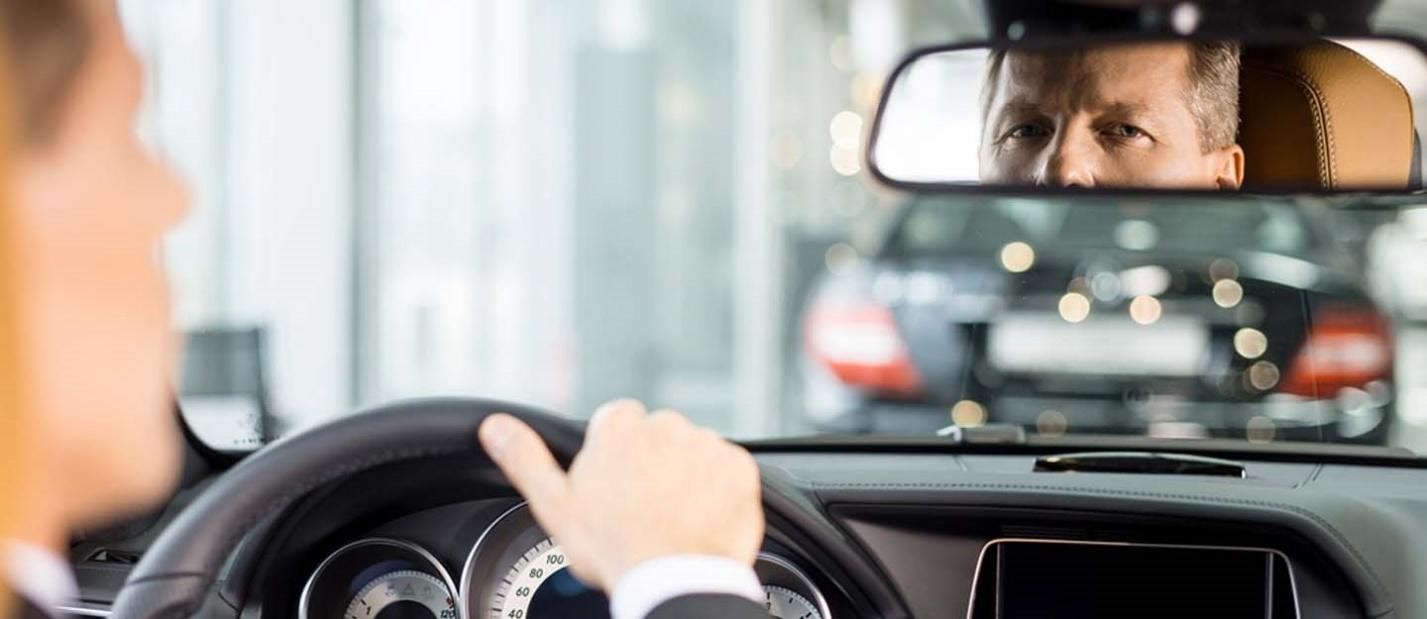

Articles
How To Use Your Mirrors When Driving
Modified: October 27, 2024
Learn how to properly utilize your mirrors while driving in this informative article. Improve your driving skills and increase safety on the road.
(Many of the links in this article redirect to a specific reviewed product. Your purchase of these products through affiliate links helps to generate commission for Storables.com, at no extra cost. Learn more)
Introduction
When it comes to safe driving, proper mirror use is crucial. Your mirrors serve as your eyes on the road, allowing you to see behind and around your vehicle. By utilizing your mirrors effectively, you can increase your awareness of the traffic around you, eliminate blind spots, and make informed decisions while driving.
In this article, we will explore the importance of using your mirrors correctly and provide tips on adjusting and using your rearview mirror and side mirrors. We will also discuss how to eliminate blind spots, check your mirrors before making maneuvers, and effectively use your mirrors when changing lanes and parking. By the end, you will have a comprehensive understanding of how to maximize the benefits of your mirrors while driving.
Key Takeaways:
- Proper mirror use is crucial for safe driving, providing a 360-degree view of surrounding traffic, eliminating blind spots, and enabling early detection of potential hazards. By adjusting and using mirrors effectively, drivers can enhance their situational awareness and make informed decisions on the road.
- Mirrors play a vital role in lane changes and parking maneuvers, allowing drivers to assess traffic, eliminate blind spots, and navigate with precision. By incorporating mirror usage tips into their driving habits, individuals can contribute to a safer and more harmonious driving environment for everyone on the road.
Read more: How To Use Flash Drive In Your Computer
Why Proper Mirror Use is Important
Proper mirror use is essential for maintaining the safety of you, your passengers, and other road users. By utilizing your mirrors effectively, you can significantly reduce the risk of accidents and make informed decisions while driving. Here are a few reasons why proper mirror use is vital:
- Increased awareness of surrounding traffic: Your mirrors provide you with a 360-degree view of the traffic around your vehicle. By regularly checking your mirrors, you can stay aware of other vehicles’ positions, movements, and potential hazards.
- Elimination of blind spots: Blind spots are areas around your vehicle that cannot be directly seen through your mirrors or windows. Proper mirror use, coupled with shoulder checks, allows you to effectively eliminate blind spots and ensure there are no vehicles lurking in these areas before making any maneuvers.
- Early detection of potential hazards: By constantly scanning your mirrors, you can quickly detect any potential hazards, such as an approaching vehicle in your blind spot, a speeding car, or a cyclist on the side of the road. This early detection allows you to react promptly and take necessary evasive actions.
- Smooth and confident lane changes: When changing lanes, the use of mirrors is crucial. Checking your rearview mirror and side mirrors before initiating a lane change allows you to assess whether it’s safe to proceed. It helps you evaluate the speed and position of other vehicles and ensures a smooth and confident lane change.
- Accurate parking maneuvers: Proper mirror use is essential for parking, including parallel parking and reverse parking. By utilizing your mirrors effectively, you can gauge the distance between your vehicle and other objects, ensuring precise and safe parking maneuvers.
By understanding the importance of proper mirror use and incorporating it into your driving habits, you can greatly enhance your safety on the road and reduce the chances of accidents or collisions. Now, let’s explore how to adjust and use your mirrors effectively.
Adjusting Your Mirrors
Before you hit the road, it’s essential to ensure that your mirrors are properly adjusted to provide you with the best possible view of the traffic around your vehicle. Here are some steps to follow when adjusting your mirrors:
- Start with the rearview mirror: Position it in a way that allows you to have a clear view of the traffic behind you. Ensure that you can see the entire rear window without having to strain or tilt your head.
- Adjust your side mirrors: Many drivers make the mistake of positioning their side mirrors to see the side of their own car. Instead, angle the side mirrors so that they provide you with a view of the adjacent lanes. To do this, sit in the driver’s seat and adjust the side mirrors until you can no longer see the side of your vehicle in them.
- Complete the adjustments: Once you have adjusted your side mirrors, remember to check your rearview mirror again to ensure that it still provides a clear view of the traffic behind you.
It’s important to note that your mirrors should be adjusted every time you enter the vehicle, as they may get misaligned due to someone else using them or vibrations during driving.
Once your mirrors are properly adjusted, you are ready to use them to enhance your situational awareness on the road. Let’s explore how to effectively use your rearview mirror and side mirrors in the next sections.
Using Your Rearview Mirror
Your rearview mirror is a critical tool for monitoring the traffic behind you while driving. It provides you with a clear view of vehicles approaching from the rear, allowing you to make informed decisions and react accordingly. Here are some tips for using your rearview mirror effectively:
- Keep it clean and unobstructed: Ensure that your rearview mirror is clean and free of any dirt, smudges, or stickers. This helps maintain a clear view of the vehicles behind you.
- Glance regularly: Make it a habit to glance at your rearview mirror every 5-8 seconds, even if you don’t anticipate any immediate hazards. This helps you stay aware of the overall traffic situation and any approaching vehicles.
- Use it to check regular traffic flow: Your rearview mirror allows you to monitor the flow of traffic behind you. This information can be useful for gauging the speed of vehicles approaching from the rear and adjusting your own speed accordingly.
- Utilize it for highway driving: When driving on the highway, your rearview mirror becomes even more critical. Use it to check for faster-approaching vehicles when changing lanes or merging. It helps you make well-timed maneuvers and avoid sudden lane changes that can lead to accidents.
Remember, your rearview mirror should not be your sole source of information about the traffic behind you. It should be complemented with the use of your side mirrors and occasional shoulder checks to ensure comprehensive awareness.
Now, let’s move on to understanding how to effectively utilize your side mirrors.
Using Your Side Mirrors
Your side mirrors are crucial for monitoring the traffic on either side of your vehicle. They provide you with additional views of adjacent lanes, helping you make informed decisions and stay aware of any potential hazards. Here are some tips for using your side mirrors effectively:
- Adjust the angle correctly: As mentioned earlier, position your side mirrors so that they provide you with a view of the adjacent lanes rather than the side of your own vehicle. This widens your field of vision and eliminates blind spots.
- Regularly check your side mirrors: Glance at your side mirrors every few seconds, especially when changing lanes, merging, or making turns. This allows you to monitor the position and speed of vehicles in the lanes next to you.
- Use them for lane changes: When preparing to change lanes, rely on your side mirrors to assess if it’s safe to proceed. Check for any vehicles in your blind spots before signaling and making the maneuver. This ensures that you have a clear path and avoids potential accidents.
- Be cautious of larger vehicles: Keep in mind that larger vehicles, such as trucks or buses, may have larger blind spots. Make sure to stay visible in their side mirrors and avoid lingering in their blind spots for an extended period.
It’s important to remember that while side mirrors are incredibly useful, they are not a substitute for shoulder checks. Always perform a quick shoulder check before changing lanes or making any lateral movements to ensure there are no vehicles in your blind spots.
Now that you understand how to effectively use your side mirrors, let’s discuss how to eliminate blind spots for a safer driving experience.
When driving, use your mirrors frequently to stay aware of your surroundings. Check them every 5-8 seconds to monitor traffic, pedestrians, and your blind spots.
Read more: How Often To Check Mirrors While Driving
Eliminating Blind Spots
Blind spots are areas around your vehicle that cannot be directly seen through your mirrors or windows. These blind spots can pose a significant risk while driving, as they can conceal other vehicles or objects. However, with proper techniques and awareness, you can effectively eliminate blind spots. Here’s how:
- Adjust your mirrors correctly: As we discussed earlier, adjust your rearview mirror and side mirrors to minimize blind spots. Position your side mirrors to provide you with a view of the adjacent lanes, and ensure your rearview mirror offers a clear view of the traffic behind you.
- Perform shoulder checks: Shoulder checks involve quickly turning your head and looking over your shoulder to check for vehicles in your blind spots. This should be done before changing lanes, merging, or making any lateral movements. Shoulder checks are particularly important when relying on your mirrors may not provide a complete view.
- Utilize technology: Many modern vehicles are equipped with blind-spot monitoring systems. These systems utilize sensors and warning indicators to alert you when there’s a vehicle in your blind spot. While these systems can be helpful, they should not replace your own visual checks and mirror usage.
- Maintain proper following distance: Keeping a safe following distance between your vehicle and the one ahead allows you to have a wider field of vision. It also provides more time to react to any sudden movements or obstacles, reducing the chances of relying solely on your mirrors and encountering blind spots.
By practicing these techniques consistently, you can significantly reduce the risks associated with blind spots and increase your overall safety on the road.
Next, let’s understand the importance of checking your mirrors before making any maneuvers while driving.
Checking Your Mirrors Before Making Maneuvers
Before making any maneuvers while driving, such as changing lanes, merging, or making turns, it is crucial to check your mirrors to ensure there are no vehicles in your intended path. This simple practice significantly enhances your situational awareness and helps prevent accidents. Here’s why checking your mirrors before making maneuvers is so important:
- Identify potential hazards: By checking your mirrors, you can identify any vehicles approaching or already occupying the space you plan to move into. This allows you to make informed decisions and avoid potential collisions.
- Ensure a clear path: Checking your mirrors ensures that there are no obstructions or obstacles in your intended path. It helps you navigate smoothly without sudden braking or swerving, minimizing the risk of accidents.
- Coordinate movements with other drivers: When making maneuvers, you need to consider the movements of other drivers around you. Checking your mirrors helps you understand their intentions and adjust your actions accordingly, promoting safer interactions on the road.
- Eliminate blind spot surprises: Blind spots can be a significant concern when making maneuvers. By checking your mirrors and performing shoulder checks, you can eliminate blind spots and avoid surprises from vehicles that may be hidden from your direct line of sight.
Make it a habit to check your mirrors before every maneuver, regardless of how routine or minor it may seem. Consistently practicing this simple action keeps you proactive, aware, and prepared for any potential hazards on the road.
Now, let’s move on to understanding how mirrors play a crucial role in lane changes.
Mirrors and Lane Changes
Making lane changes can be one of the most critical maneuvers while driving, and proper use of mirrors is crucial for a safe and effective lane change. Mirrors provide you with essential information about the traffic around your vehicle, allowing you to assess whether it’s safe to switch lanes. Here’s how mirrors play a crucial role in lane changes:
- Checking your side mirrors: Before initiating a lane change, it’s essential to check your side mirrors to assess the position and speed of vehicles in the adjacent lanes. Look for any vehicles that may be approaching or currently occupying the space you intend to move into.
- Performing a shoulder check: While checking your side mirrors is important, it’s equally vital to perform a quick shoulder check to eliminate blind spots. Turn your head and look over your shoulder to ensure there are no vehicles hidden from your mirror’s view.
- Using your blinker: Signaling your intentions by using your blinker is essential when changing lanes. It informs other drivers of your intended maneuver and allows them to adjust their speed or position accordingly. Always use your blinker well in advance to give other drivers ample time to react.
- Executing the lane change: Once you have checked your mirrors, performed a shoulder check, and signaled your intentions, proceed with the lane change if it is safe to do so. Maintain a safe distance from the vehicles in the lane you are merging into and smoothly transition into the new lane.
Remember, it’s crucial to be patient and not rush your lane changes. Take the time to thoroughly assess the traffic situation, always prioritize safety over convenience, and avoid aggressive maneuvers.
Now that you understand how mirrors can assist you with lane changes, let’s explore their importance when it comes to parking.
Mirrors and Parking
Mirrors play a crucial role when it comes to parking your vehicle. Whether you’re parallel parking on a busy street or maneuvering into a tight parking spot, proper use of mirrors can help you navigate safely and accurately. Here’s how mirrors are essential for parking:
- Checking your side mirrors: When parking, particularly in tight spaces, your side mirrors are invaluable. They allow you to gauge the distance between your vehicle and any surrounding objects, such as other cars or curbs. Regularly check your side mirrors to ensure you have enough clearance on both sides of your vehicle.
- Using your rearview mirror: Your rearview mirror provides you with a view of the rear of your vehicle. While it may not be your primary tool for parking, it can still offer valuable insights, especially when maneuvering into a parking spot. Use it to gauge the positioning of your vehicle’s rear end and ensure you leave adequate space between your vehicle and any obstacles.
- Utilizing your side mirrors for parallel parking: Parallel parking can be a challenging task, but your side mirrors can be your best allies. As you maneuver into the parking space, use your mirrors to align your vehicle parallel to the curb. By carefully monitoring the position of your vehicle in the mirrors, you can make precise adjustments and park with confidence.
- Rechecking your mirrors during parking: Throughout the parking process, it’s important to regularly check your mirrors to ensure you have maintained proper clearance and haven’t overlooked any nearby obstacles. This helps you avoid accidentally hitting other cars, curbs, or pedestrians.
Remember, parking requires patience, precision, and awareness. Utilize your mirrors effectively, take your time, and always prioritize safety when maneuvering your vehicle into a parking spot.
Now that you understand the importance of mirrors in parking, let’s summarize what we’ve learned.
Read more: When Did They Stop Using Mercury In Mirrors
Conclusion
Proper mirror use is an essential part of safe and effective driving. Your mirrors serve as your eyes on the road, allowing you to have a comprehensive view of the traffic around your vehicle. By adjusting and using your mirrors correctly, you can significantly enhance your situational awareness, eliminate blind spots, and make informed decisions while driving.
Remember to adjust your mirrors before hitting the road, ensuring they provide you with the best possible view of the traffic. Regularly check your mirrors, including the rearview mirror and side mirrors, to stay aware of approaching vehicles, monitor traffic flow, and detect potential hazards.
Use your mirrors in conjunction with shoulder checks, blinkers, and good judgment when making maneuvers, such as lane changes and parking. The combination of mirror usage and other safety techniques ensures a smooth, confident, and accident-free driving experience.
Always prioritize safety over convenience and take the time to assess the traffic situation before making any maneuvers. Be patient, courteous, and respectful towards other drivers on the road.
By incorporating these mirror usage tips into your driving habits, you can enhance your safety, reduce the risk of accidents, and contribute to a more harmonious and enjoyable driving environment for everyone on the road.
So, remember to adjust, check, and utilize your mirrors effectively. Your mirrors are your allies on the road, giving you the confidence and awareness you need to be a skilled and responsible driver.
Frequently Asked Questions about How To Use Your Mirrors When Driving
Was this page helpful?
At Storables.com, we guarantee accurate and reliable information. Our content, validated by Expert Board Contributors, is crafted following stringent Editorial Policies. We're committed to providing you with well-researched, expert-backed insights for all your informational needs.

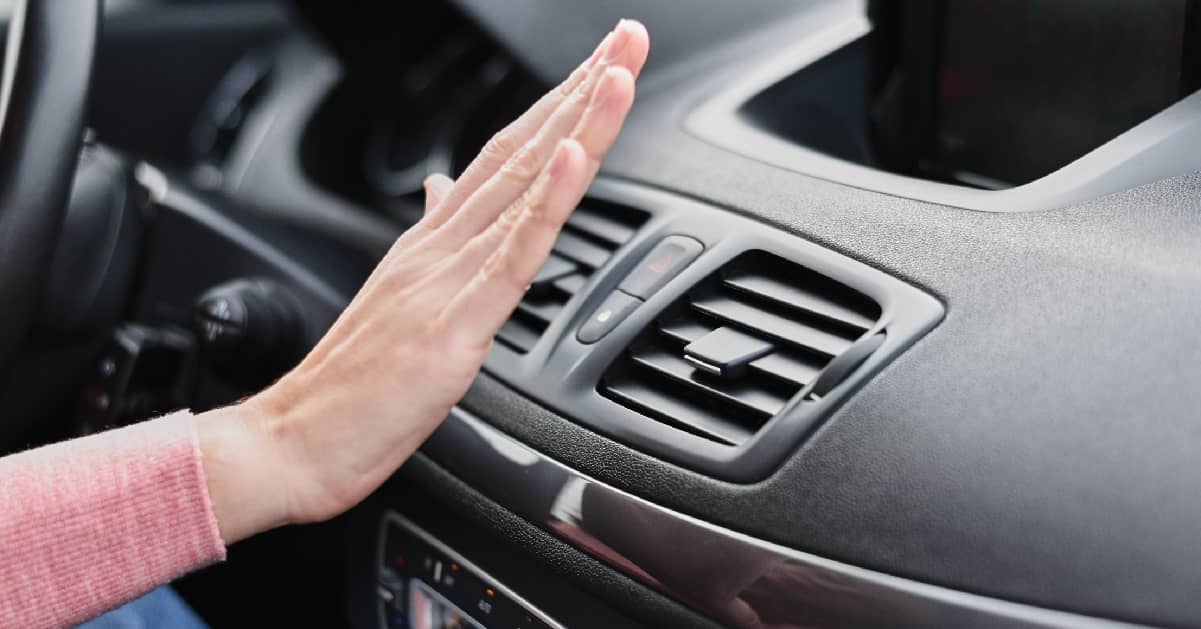

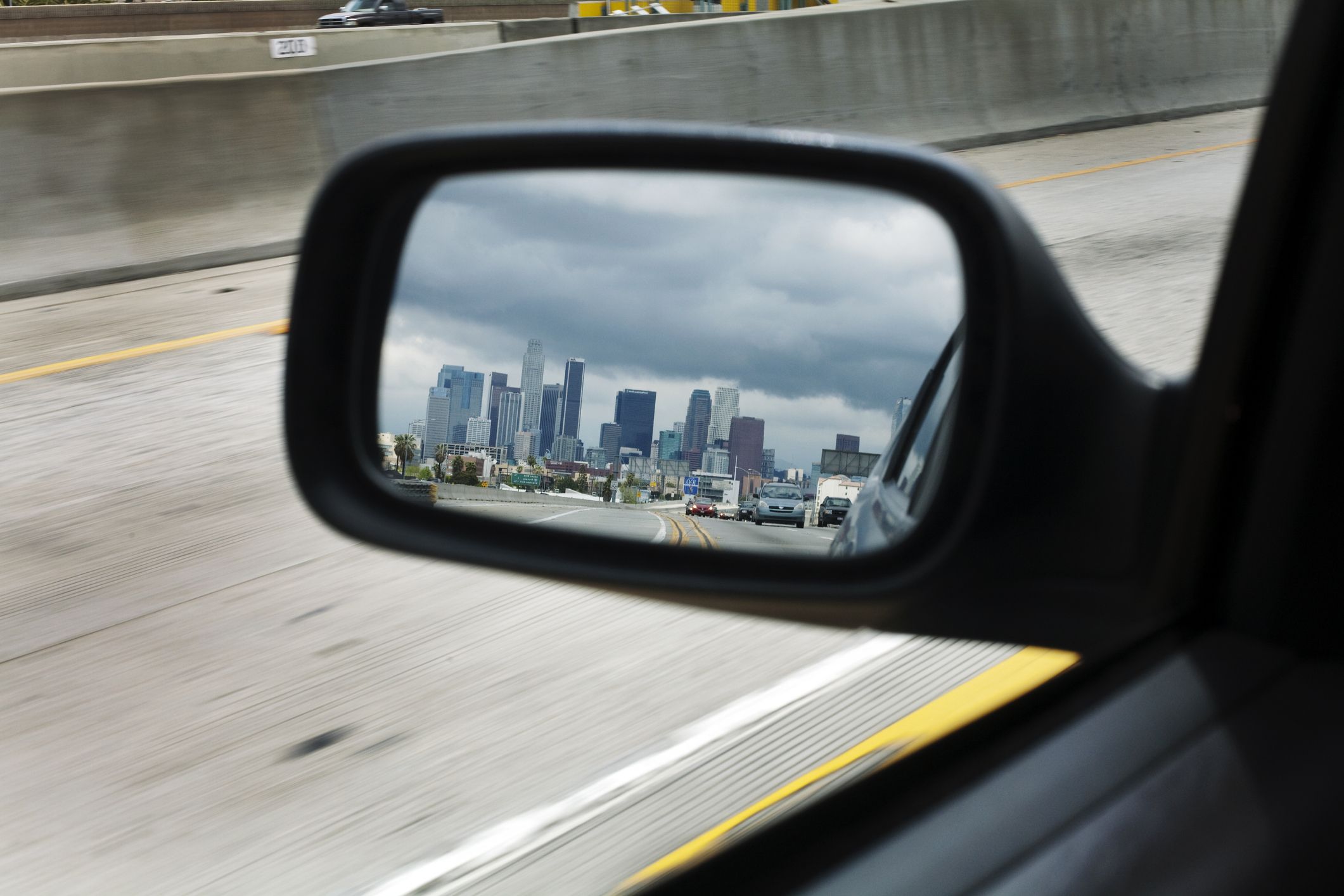
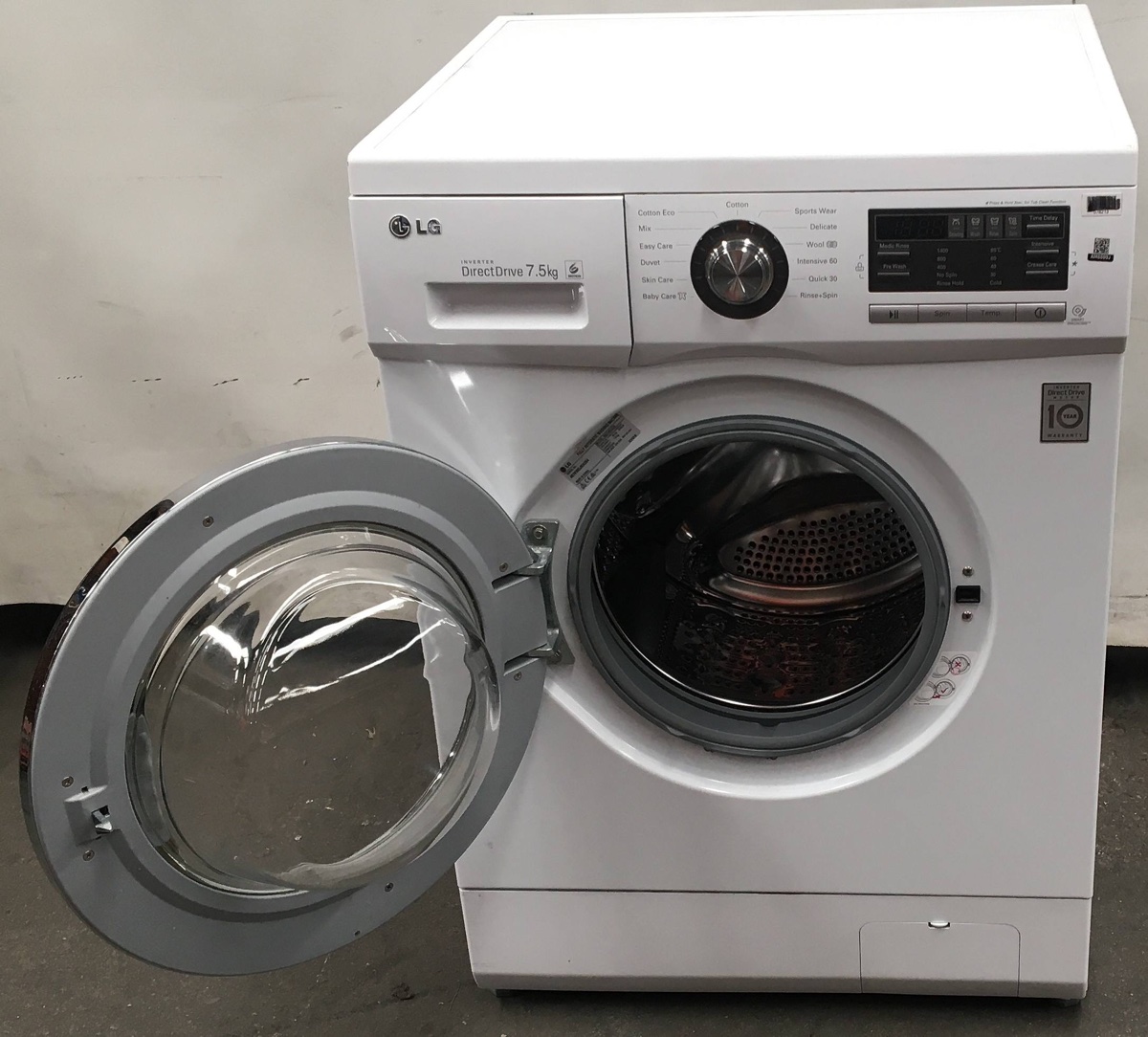
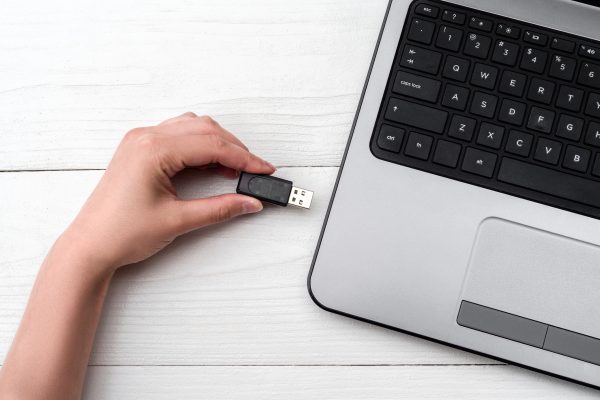
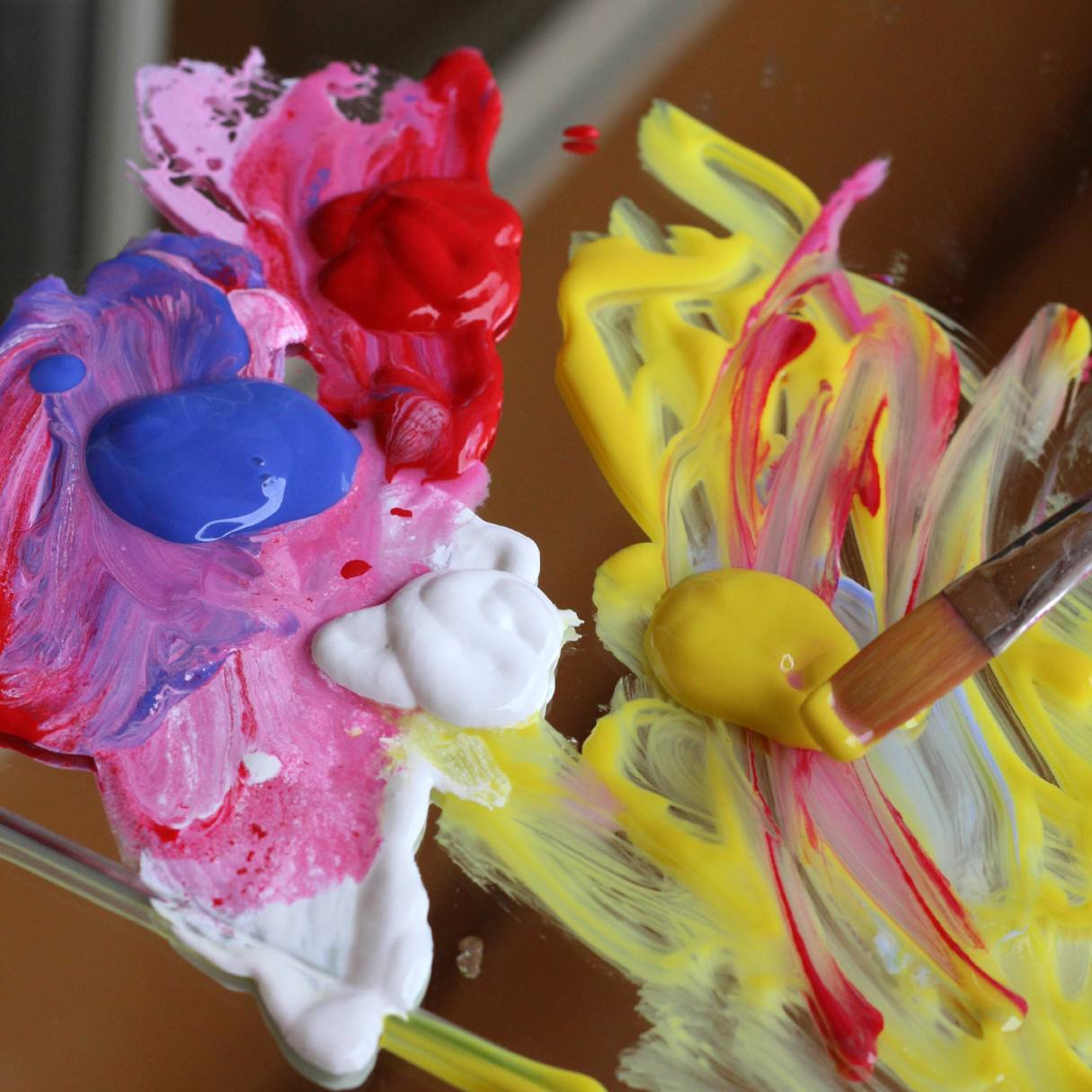
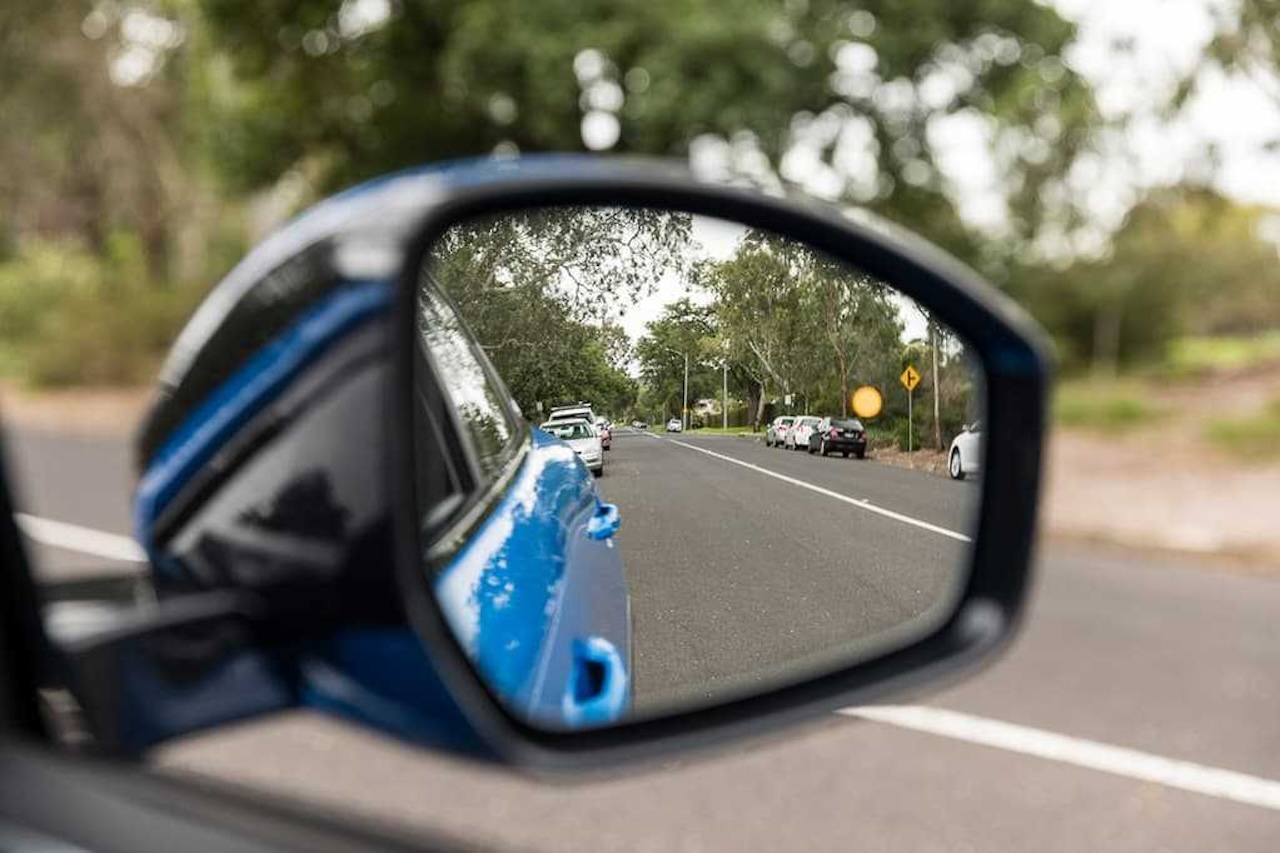
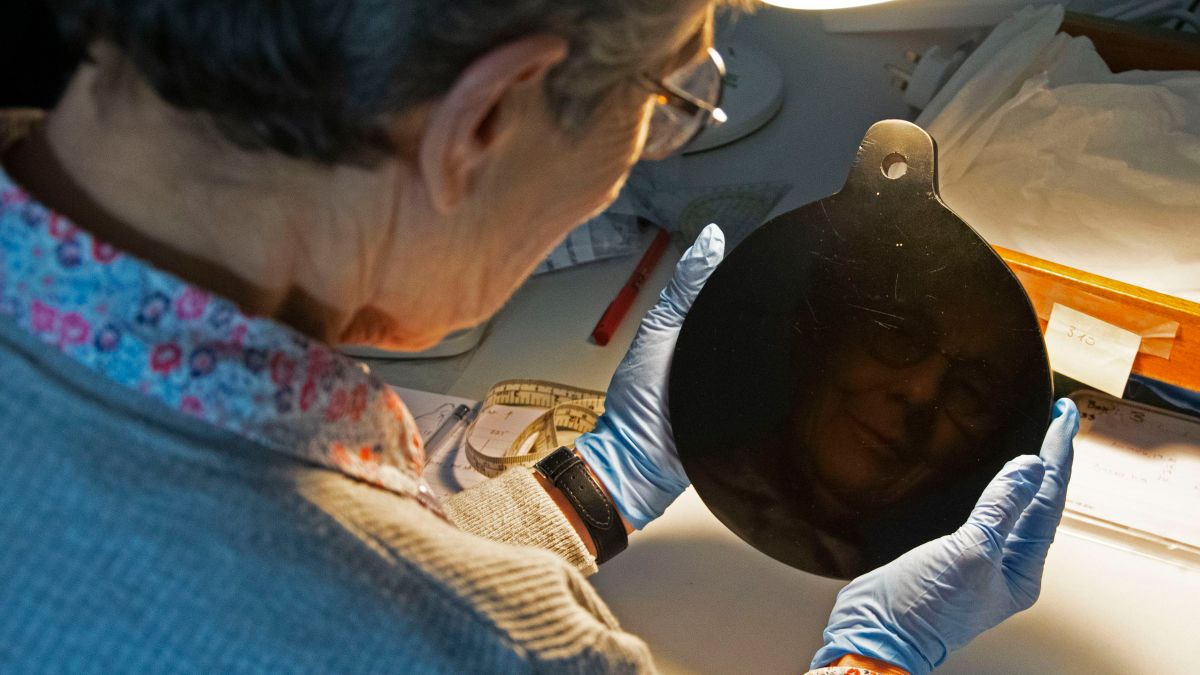
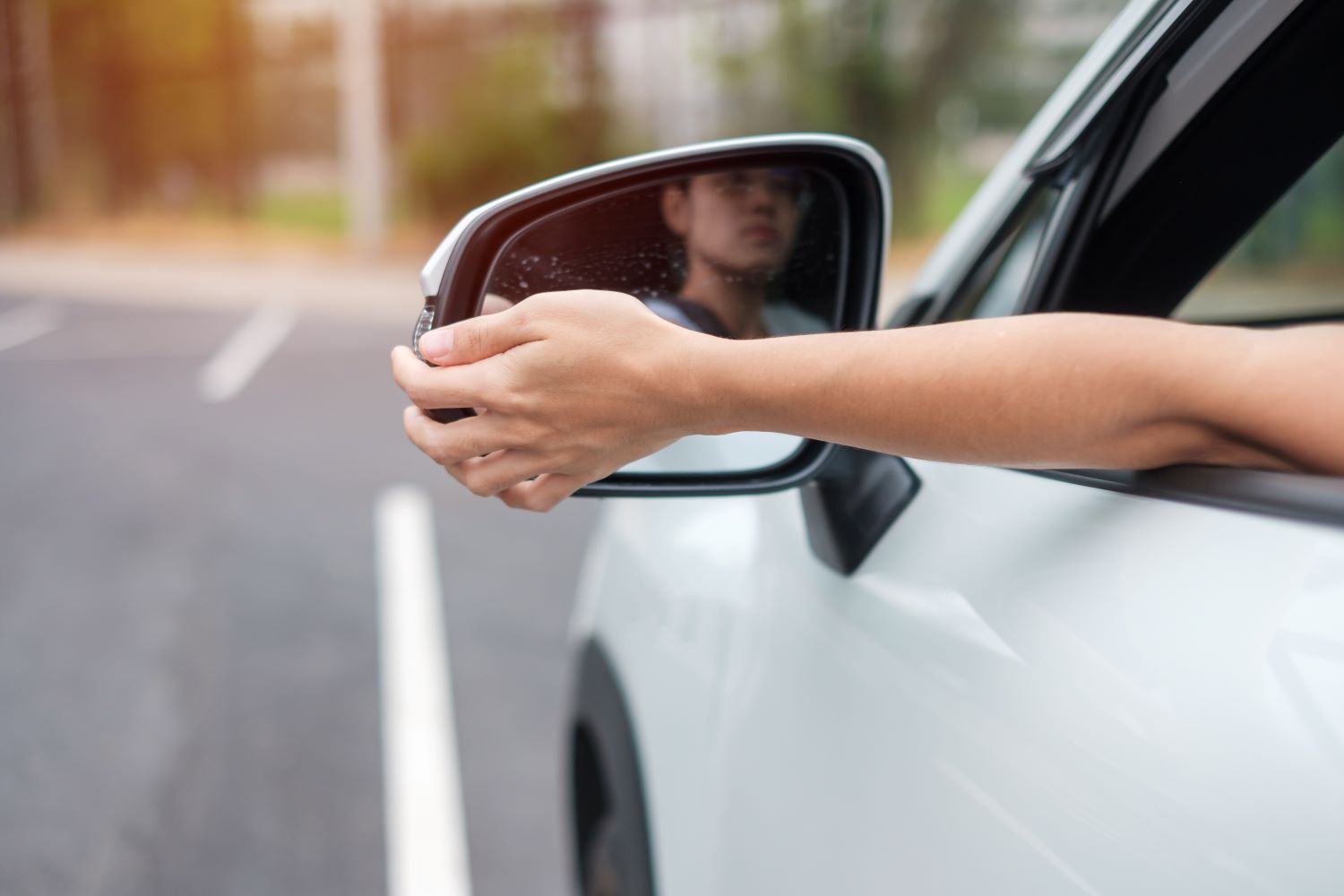
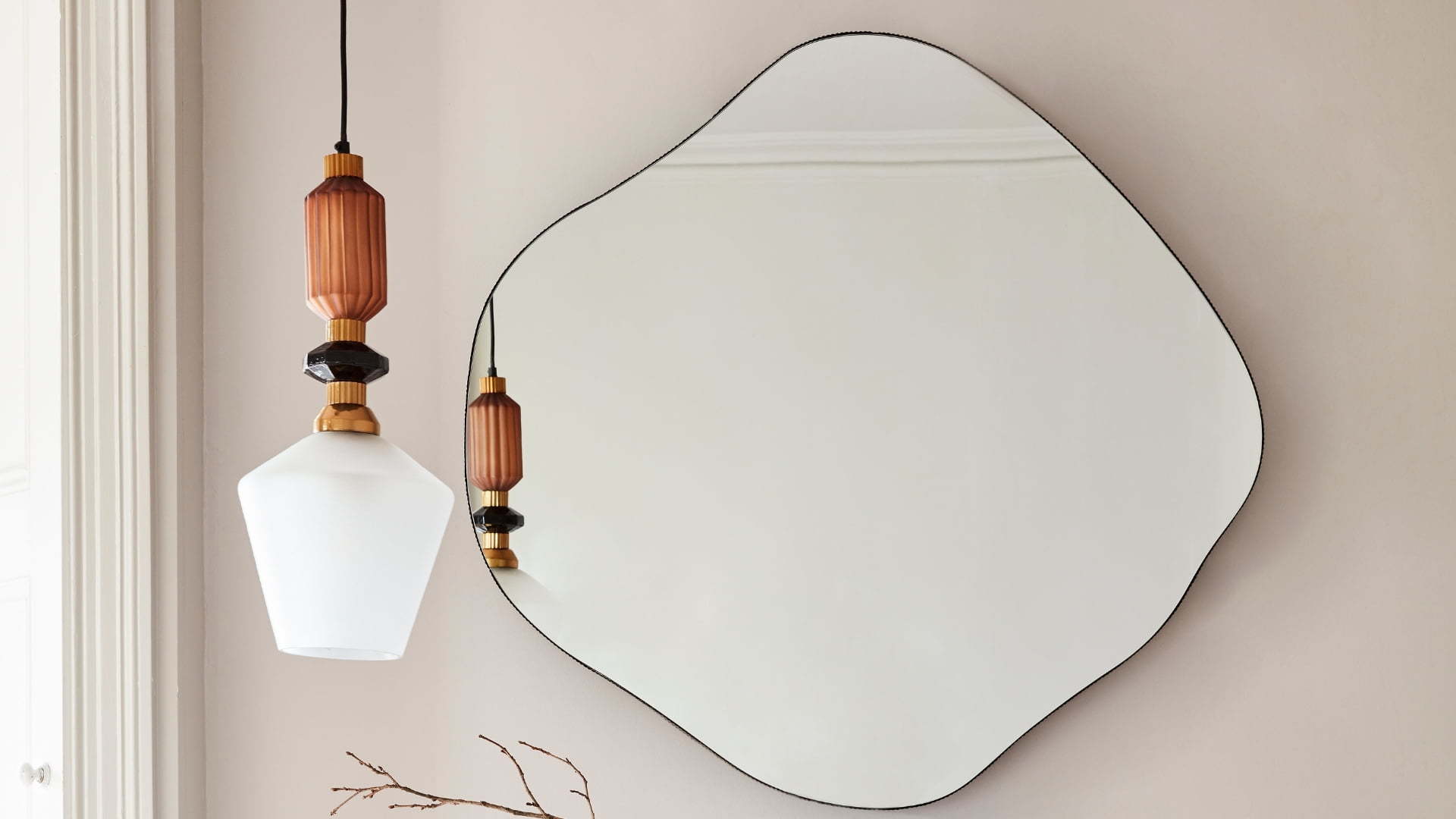
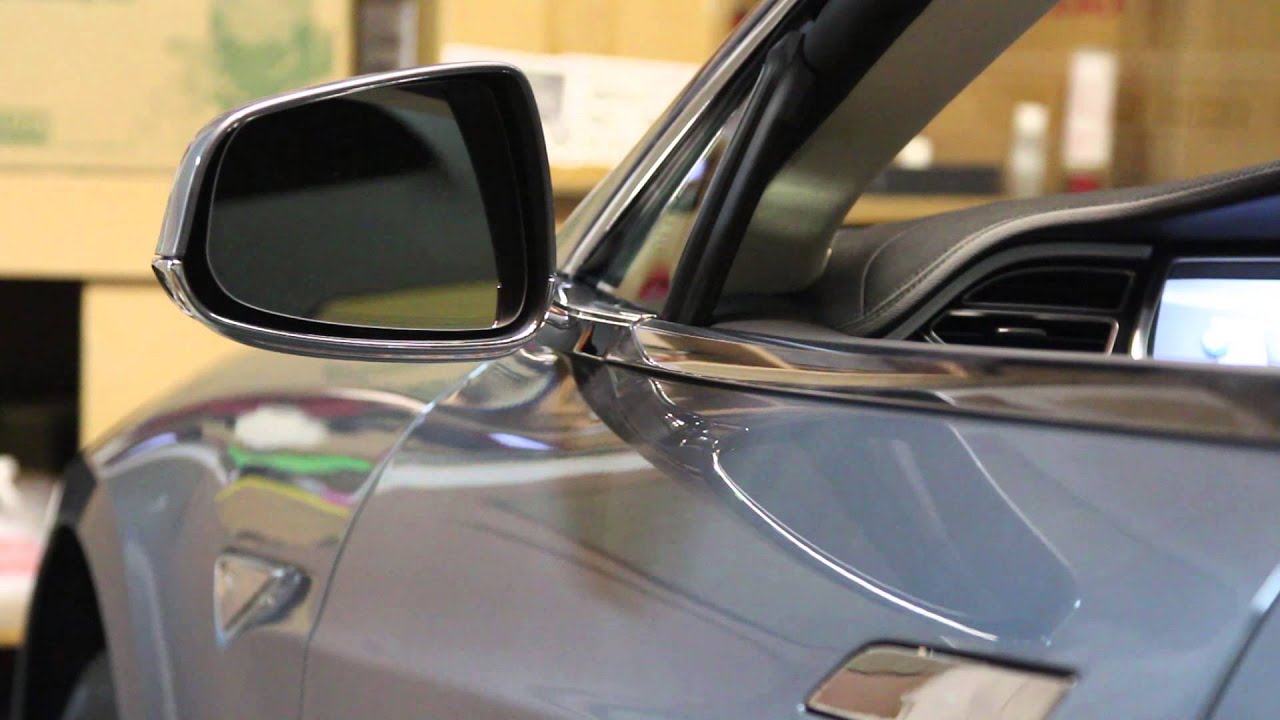


0 thoughts on “How To Use Your Mirrors When Driving”